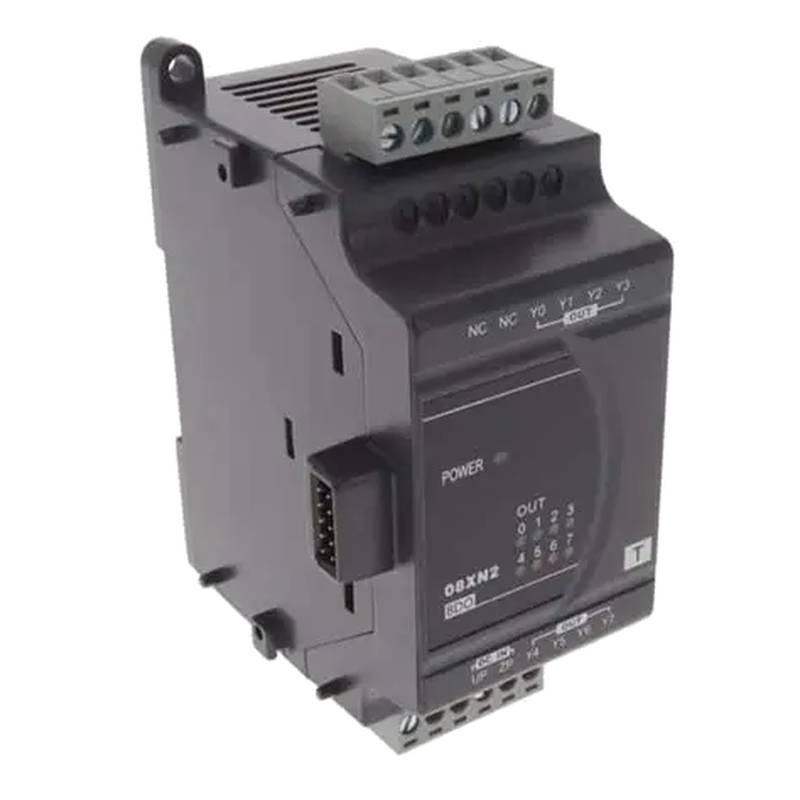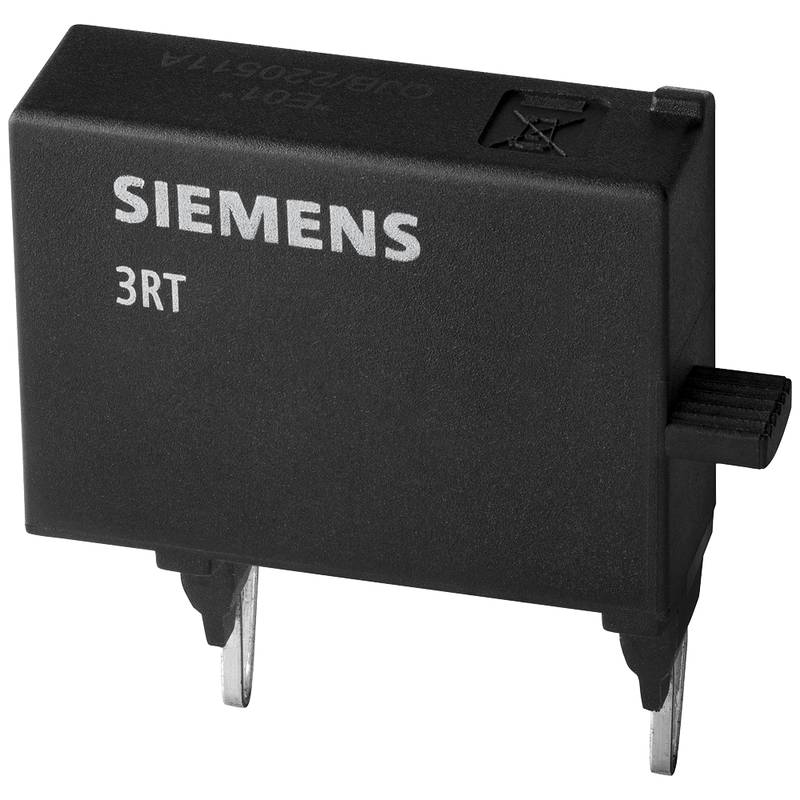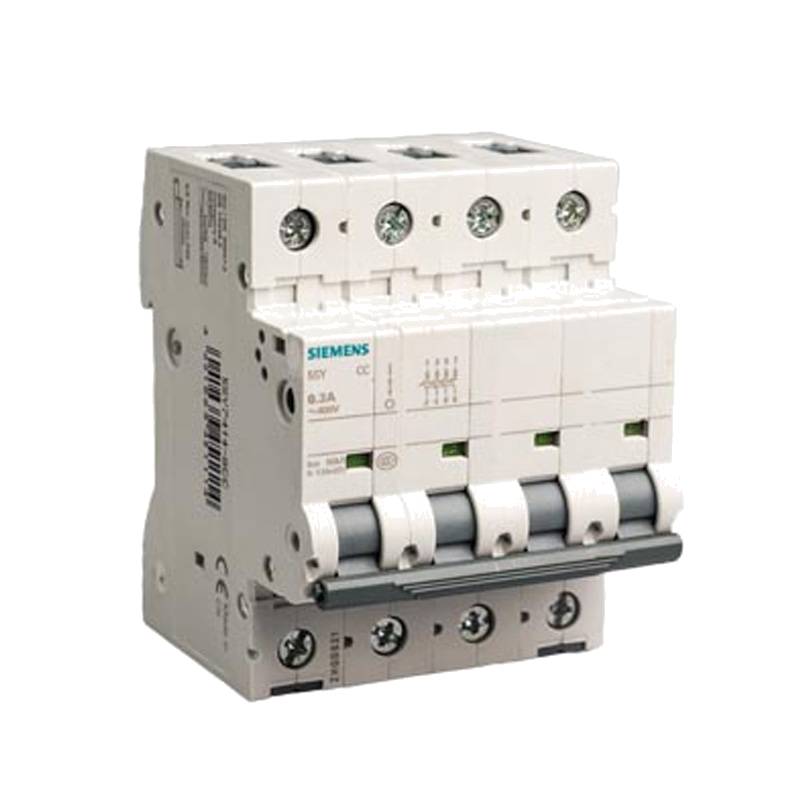
The Delta DVP08XN211T is a high-performance transistor output module designed for robust DC load driving within industrial automation systems. Boasting rapid response times, high switching frequencies, and excellent durability, this module is engineered to meet the demanding requirements of modern manufacturing and process control. Its core advantages lie in its precise control capabilities, energy efficiency, and seamless integration into Delta's DVP series Programmable Logic Controllers (PLCs). Key technical parameters include a 24 VDC operating voltage, 0.5A per point output current, and a compact footprint, making it an ideal solution for space-constrained applications.
Product Specifications
| Feature | Specification |
| :---------------------- | :---------------------- |
| Module Type | Transistor Output Module |
| Series | DVP |
| Model | DVP08XN211T |
| Output Type | Transistor (NPN) |
| Number of Outputs | 8 |
| Output Voltage | 5-30 VDC |
| Output Current (per point)| 0.5 A |
| Max. Switching Frequency| 1 kHz |
| Isolation | Photocoupler Isolation |
| Power Consumption | 3.5 W |
| Dimensions (W x H x D) | 79.2 x 90 x 63.5 mm |
| Operating Temperature | 0°C to 55°C |
| Storage Temperature | -20°C to 60°C |
Core Features & Market Positioning
The Delta DVP08XN211T stands out in the industrial automation market due to its superior transistor output design, offering faster switching speeds compared to relay outputs, which is critical for high-speed applications like packaging machinery and precise motion control. Its NPN configuration provides flexibility in wiring and system design, often preferred for direct connection to sensors and actuators with common positive voltage. Positioned as a cost-effective yet highly reliable component within Delta's extensive DVP PLC ecosystem, this module ensures seamless compatibility and enhanced performance, making it a preferred choice for system integrators seeking a robust solution for DC load management.
Key Application Scenarios
This transistor output module is exceptionally well-suited for applications demanding rapid and precise control of DC loads, such as controlling solenoid valves, small DC motors, indicator lights, and other low-power DC devices. Industries like food and beverage processing, pharmaceuticals, and general assembly lines frequently leverage the DVP08XN211T for its ability to handle numerous discrete output tasks efficiently. It is also a critical component in conveyor systems, automated warehousing, and intricate material handling equipment where accurate and timely actuation is paramount.
Practical System Integration Guidance
Integrating the Delta DVP08XN211T into an automation system is straightforward, typically involving direct connection to a compatible Delta DVP PLC via its high-speed backplane. Wiring for the DC loads connects directly to the module's output terminals (Y0-Y7), ensuring the common anode of the loads is connected to the positive supply and the common cathode is connected to the module's output. Programming involves assigning digital output instructions within the PLC logic to control individual output points, allowing for sequence execution, conditional activation, and pulse generation. When driving inductive loads, external protection circuitry, such as flyback diodes, is recommended to safeguard the transistor outputs from voltage spikes.
Operation and Risk Mitigation
Proper operation of the Delta DVP08XN211T requires adherence to its specified voltage and current ratings to prevent damage. Exceeding the 0.5A per point output current or the total module current capacity can lead to overheating and component failure. Ensure all wiring is secure and correctly polarized to avoid short circuits and potential damage to the PLC or the loads. Grounding the system appropriately is also crucial for reliable operation and personnel safety. In the event of an output fault, check the load for short circuits, verify the output wiring, and confirm the PLC program is not commanding an excessive output rate that exceeds the module's switching frequency limit.
Scalability & Long-Term Value
The Delta DVP08XN211T offers excellent scalability by seamlessly integrating with other modules in the DVP series, allowing for expansion of I/O points as automation needs grow. Its compatibility with Delta's broad range of PLCs and Human-Machine Interfaces (HMIs) ensures long-term value and flexibility in system upgrades. For advanced applications, the module can be incorporated into distributed control architectures or connected to industrial networks via communication modules, facilitating integration with IIoT platforms for data acquisition, remote monitoring, and predictive maintenance strategies.
Frequently Asked Questions
What is the maximum current rating for each output on the Delta DVP08XN211T?
Each individual output point on the Delta DVP08XN211T transistor output module is rated for a maximum continuous current of 0.5 Amperes. This ensures reliable operation for a variety of DC loads commonly found in industrial automation.
This current limit is critical to maintain to prevent overheating and premature failure of the transistor output. Always consult the load's power requirements before connecting to ensure it stays within this specified limit.
Exceeding this rating, even for short periods, can lead to permanent damage to the module, impacting overall system reliability and potentially causing downtime.
Can the Delta DVP08XN211T be used to drive AC loads?
No, the Delta DVP08XN211T is specifically designed as a transistor output module for DC loads only. Attempting to connect AC loads will result in damage to the module and is not supported by Delta's specifications.
This module utilizes semiconductor transistors that are optimized for switching direct current voltages within a specific DC range. AC signals operate differently and will not be handled correctly by this type of output.
For AC load control, you would need to use a different type of output module, such as a relay output module or a triac output module, depending on the specific AC load requirements.
What is the typical response time of the Delta DVP08XN211T module?
The Delta DVP08XN211T offers a fast response time, with a typical output response time in the range of microseconds. This makes it suitable for high-speed control applications where quick actuation is essential.
This rapid response is a key advantage of transistor outputs over mechanical relays, allowing for precise control of fast-moving machinery and processes. The exact response time can vary slightly based on system load and PLC scan time.
Applications requiring high-speed pulsing, accurate timing, or rapid sequencing will benefit significantly from the low latency provided by this transistor output module.
How do I wire the Delta DVP08XN211T for a common NPN sensor input?
To wire a common NPN sensor to the Delta DVP08XN211T, connect the sensor's output signal to one of the module's input terminals (if it were an input module). For the DVP08XN211T which is an output module, you would connect the DC load's positive terminal to the common positive supply, and the load's negative terminal to the respective output terminal (Y0-Y7) of the DVP08XN211T.
The DVP08XN211T has NPN transistor outputs. This means the common terminal for the outputs is typically connected to the negative side of the DC power supply. When the PLC commands an output ON, the module sinks current from the load.
For wiring DC loads, ensure the positive terminal of your DC power supply is connected to the positive side of your load, and the negative side of your load is connected to the appropriate output terminal (Y0-Y7) of the DVP08XN211T. The common terminal (COM) of the output module is connected to the negative rail of the DC power source.
What programming software is used with the Delta DVP08XN211T?
The Delta DVP08XN211T module is programmed using Delta's proprietary software, typically the ISPSoft (Integrated Software Platform) or the older WPLSoft. These environments support various IEC 61131-3 programming languages.
These software packages allow engineers to configure the PLC, develop ladder logic diagrams, structured text, or other supported programming languages to control the outputs of the DVP08XN211T module based on system conditions.
Users can download the appropriate software from Delta's official website, install it on their PC, and then establish a connection to the DVP PLC that the DVP08XN211T is connected to for programming and monitoring.
What is the operating voltage range for the DC loads driven by the DVP08XN211T?
The Delta DVP08XN211T is designed to drive DC loads operating within a voltage range of 5 VDC to 30 VDC. This flexibility allows it to control a wide array of common DC-powered industrial devices.
It is crucial to ensure that the voltage rating of your DC load falls within this specified range to guarantee proper functionality and prevent damage to either the load or the output module itself.
Always verify the voltage requirements of your connected loads against the module's specifications before powering up the system to ensure safe and reliable operation.
Are there any special considerations for driving inductive loads with the DVP08XN211T?
Yes, when driving inductive loads like solenoids or DC motors with the DVP08XN211T, it is highly recommended to install a flyback diode across the load. This diode provides a path for the inductive current to dissipate safely when the output is switched off, preventing voltage spikes.
These voltage spikes, also known as back EMF (electromotive force), can damage the semiconductor output transistors within the module. A flyback diode, rated appropriately for the voltage and current of the inductive load, effectively clamps these transient voltages.
Without proper protection for inductive loads, the lifespan of the Delta DVP08XN211T module can be significantly reduced, leading to premature failure and unexpected system shutdowns.
What is the maximum switching frequency of the Delta DVP08XN211T?
The Delta DVP08XN211T transistor output module has a maximum switching frequency of 1 kHz (1000 Hz). This specification is important for applications requiring rapid on/off cycling of outputs.
Operating the module at frequencies approaching or exceeding this limit can lead to overheating of the output transistors, reduced lifespan, or even immediate failure of the module.
Ensure your control logic and the requirements of your application do not demand switching speeds faster than 1 kHz to maintain reliable performance and longevity of the DVP08XN211T.
How does the Delta DVP08XN211T isolate the PLC from the load?
The Delta DVP08XN211T employs photocoupler isolation between the PLC's internal circuitry and the output terminals. This isolation protects the PLC from voltage fluctuations, transients, and potential faults originating from the connected loads.
Photocoupler isolation uses light to transmit signals, meaning there is no direct electrical connection between the PLC's processor and the output circuit. This physical separation is a standard safety and reliability feature in industrial automation modules.
This protective isolation ensures that issues with external wiring or connected devices are less likely to propagate back and damage the sensitive internal components of the PLC, enhancing overall system robustness.
Can the DVP08XN211T be used in high-temperature industrial environments?
The Delta DVP08XN211T is rated for operation in industrial environments within a temperature range of 0°C to 55°C. While this covers many standard applications, extreme heat may require additional environmental controls.
For environments consistently exceeding 55°C, consider implementing active cooling solutions like ventilation fans or ensuring adequate airflow around the control panel. Prolonged exposure to temperatures beyond the specified range can degrade component performance and shorten the module's lifespan.
Always check the ambient temperature specifications and ensure your installation site falls within the operational limits to guarantee the reliability and longevity of the DVP08XN211T module.
























